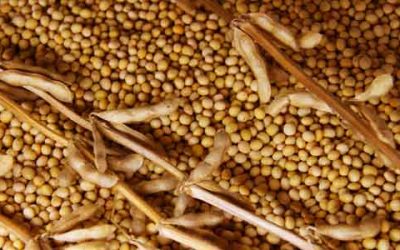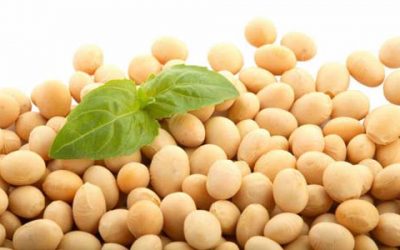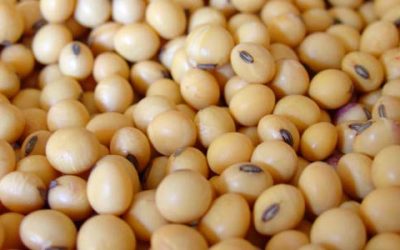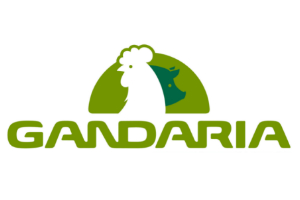Indicators to detect problems with the soybeans stored in a silo: Lumping and caking
In metal silos, caking usually occurs on the bin walls as a result of sweating or moisture condensing on the inner surface of the cold bin wall. The condensing moisture is absorbed by the adjacent grains resulting in either sprouting or mold growth.
Indicators to detect problems with the soybeans stored in a silo: Musty odor
Another of the indicators that will help you to detect any possible problems with the products storage inside the silo is the mustiness and off-odor condition. Musty odor usually indicates an advanced stage of insect or mold infestation and should be dealt with immediately.
Indicators to detect problems with the soybeans stored in a silo: Change in color
One of the indicators that will help you to detect any possible problems with the products storage inside the silos is the change in color and general appearance. If we control temperature and moisture, we will avoid change in color, therefore our product will have a higher market value.
Indicators to detect problems with the soybeans stored in a silo: Heating
One of the indicators that will help you to detect any possible problems with the products storage inside the silos is Heating. Heating is the most common indicator of a problem in stored grains and oilseeds. High grain temperatures normally indicate either microbial or insect activity.
Conference Days in Philippines – Recommendations on how to store grains properly
After a great entrance in the Philippines Market with two projects sold during 2013, we are organizing two days of conferences in Philippines to help our potential clients make better decisions in their grain storage projects.
Grain Market Outlook 2013/2014
Increase in 2013/14 world grain production is accompanied by an increase in demand.
Jack Watts of HGCA at its conference in the UK Grain Event 2013 offered us an overview of what will happen in the grain markets in the coming months.
Requirements to store grains safely
Most often, the value of the grain (in dollars-per-tonne) is usually greater than the cost of the structure in which it is stored. Minor expenditure in improving the quality of the storage can thus be quickly recovered if commodity losses are commensurably reduced.
Our food and agriculture in numbers
Did you know that 38% of the world’s land is used for agriculture? That the world production value of agriculture is 3.269.457 million US$? Or that 2.5 billion tonnes of cereals are produced annualy? Did you know that poultry birds make up over 80% of all livestock and 56% of chickens live in Asia?
FAO Statistical Yearbook, a detailed picture of Food and Agriculture Worldwide
The FAO Statistical Yearbook presents a visual synthesis of the major trends and factors shaping the global food and agricultural landscape and their interplay with broader environmental, social and economic dimensions. It aims to be a unique reference point on the state of world food and agriculture for policy-makers, donor agencies, researchers and analysts, as well as the general public.

















